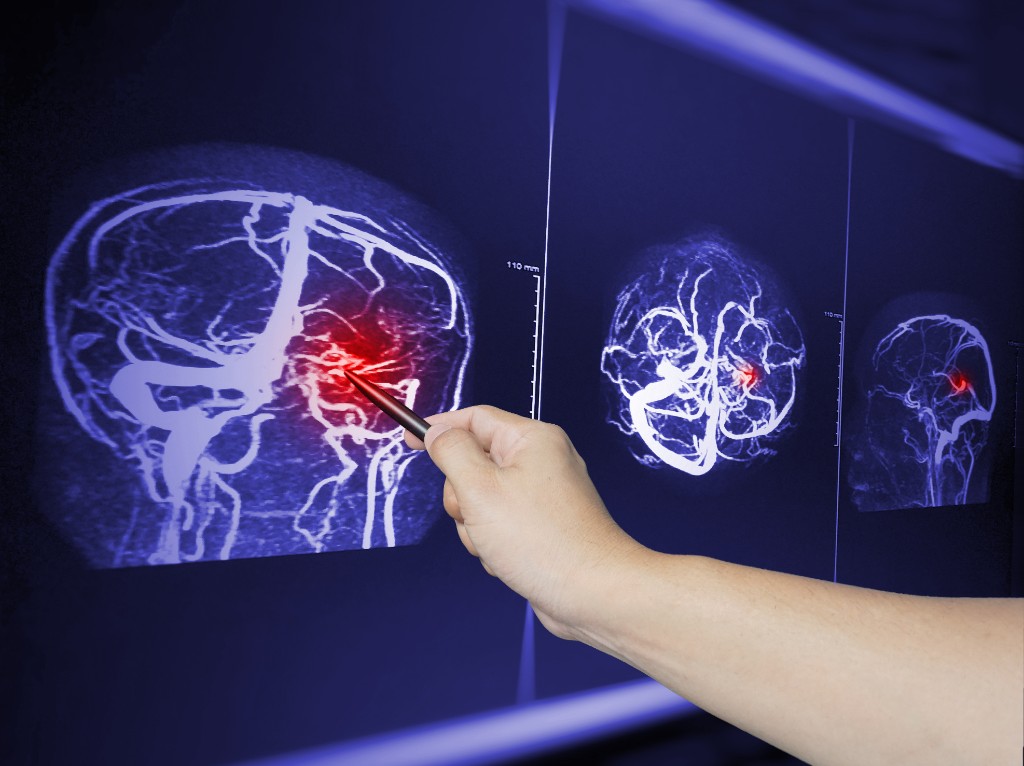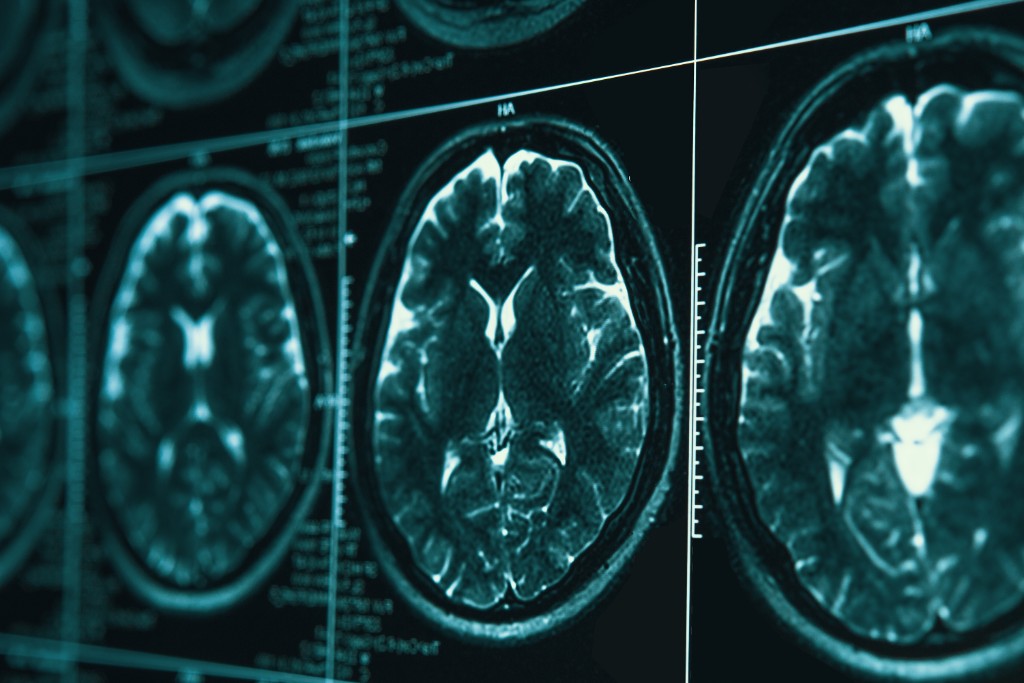April 11, 2014 | catastrophic impairment injury Claims
The Legal Definition of Catastrophic Brain Injury
Table of Contents
A traumatic brain injury (TBI) is an injury to the brain caused by a physical force or trauma. They can occur when the brain collides with the interior of the skull during an unexpected, traumatic event like a car accident.
The severity of a TBI can range from mild to catastrophic, and its symptoms can similarly vary depending on the severity of the injury. While people suffering from mild TBIs might experience headache, nausea, confusion, and memory problems, car accident survivors who have sustained severe TBIs might suffer from seizures, losses of consciousness, difficulty speaking or walking, as well as a myriad of cognitive and behavioural disorders. Their memories, attention spans, language skills, and problem-solving abilities could be negatively impacted for years following their collision. In extreme scenarios, the impacts of TBIs can be permanent, requiring ongoing rehabilitation and therapy to manage their symptoms.
The human cost of a TBI on a car accident victim’s life can be significant. Depending on the severity of their injury, the collision survivor may not be able to return to work or perform daily activities. This can result in both financial difficulties and a loss of independence. TBIs can also affect a victim’s interpersonal relationships, as the symptoms of their injury might make it more difficult to communicate and interact with others.
In Ontario, survivors of motor vehicle accidents who have sustained TBIs as a result of their collision might be entitled to no-fault accident benefits, also called Statutory Accident Benefits. This mandatory insurance coverage is designed to offset the injury-related costs incurred by people who have been hurt in motor vehicle collisions.
The amount of insurance coverage an injured motor vehicle collision survivor might be able to recover is dependent on the severity of the injuries they sustained as a result of their accident. Car accident victims whose TBIs meet the threshold of “catastrophic impairment” are eligible for increased accident benefits.
But what symptoms determine whether a TBI can be considered “catastrophic?” What system is used to assess the severity of these injuries?
The definitions of “catastrophic impairment” are outlined in the Ontario Statutory Accident Benefits Schedule (SABS). Based on the type(s) of injury sustained in the automotive collision, different qualifying criteria apply.
Understanding The Glasgow Outcome Scale – Extended
In order to determine whether an Ontario car accident survivor’s TBI meets the threshold of catastrophic impairment, the Glasgow Outcome Scale Extended (GOS-E) is used. The GOS-E is a widely accepted tool for assessing the Long-Term outcome of brain injury. It measures the patient’s level of functioning across several categories, including:
- Consciousness
- Independence
- Ability to travel locally without assistance
- Ability to work
- Interpersonal relationships
- Participation in social and leisure activities
- Ability to return to normal life
The GOS-E determines 8 possible outcomes for adults with TBIs. These are:
- Death
- Vegetative state
- Lower severe disability
- Upper severe disability
- Lower moderate disability
- Upper moderate disability
- Lower good recovery
- Upper good recovery
In order to meet the threshold of catastrophic impairment in accordance with the provincial SABS, motor vehicle accident survivors over the age of 18 must meet the criteria for one of the following outcomes:
- Vegetative state (assessed at least 1 month following the date of injury)
- Upper or lower severe disability (assessed between 6-12 months following the date of injury)
- Lower moderate disability (assessed 12+ months following the date of injury)
In addition to these assessments, in order to qualify for a catastrophic impairment designation, the injured motor vehicle accident survivor must show positive findings of a TBI on a medically accepted brain imaging scan (CT scan, MRI, etc).
Benefits Available To Motor Vehicle Accident Survivors With Catastrophic Tbis
TBIs that have received a catastrophic designation can have profound, all-encompassing impacts on a motor vehicle accident survivor’s overall quality of life. People suffering from these catastrophic brain injuries should be entitled to higher amounts of accident benefits than collision survivors whose resulting medical conditions are less severe.
Motor vehicle accident victims who sustained TBIs that meet the legal definition of “catastrophic impairment” can receive up to $1 million in combined medical, rehabilitation, and attendant care benefits for the rest of their lives. This amount is substantially higher than the $65,000 available over the course of only 5 years to collision survivors whose minor injuries are considered to be non-catastrophic.
This coverage is included in all basic auto insurance plans throughout the province of Ontario. Some insurance policyholders may elect to purchase additional coverage, which might increase the amount of benefits available to them in the event of an injury-causing accident. To learn more about the coverage available to you through your individual plan, consult with your insurance broker.
Contact Our Ontario Accident Benefits Lawyers
The GOS-E scale is usually administered by a healthcare professional, such as a neurologist, neuropsychologist, or occupational therapist. When combined with proof from medical imaging tests, their findings should be enough to convince insurance providers to apply a determination of “catastrophic impairment” to a qualifying claimant. Unfortunately, this is not always the case.
If an insurance provider takes issue with a physician’s findings, they may choose to provide the catastrophically impaired accident victim with an unfairly low settlement amount, or deny their claim for accident benefits altogether. If you have found yourself in this type of situation, contact us today for a free initial consultation. Our Ontario accident benefits lawyers may be able to help you appeal the insurance company’s unfair decision to help you recover the coverage you are rightfully owed.
Blog Categories
More catastrophic impairment injury Topics
Here’s more information on catastrophic impairment injury related topics that we think you might find helpful.

long-term disability
|
October 24, 2022
Neurofatigue After a Concussion
There is a common perception that concussions are strictly brain injuries. However, while concussions are primarily traumatic brain injuries (TBIs), they also affect multiple physiologic…

catastrophic impairment injury
|
August 9, 2021
Defining Permanent Serious Impairment or Injuries in a Personal Injury Case
Last month in the Ontario Superior Court of Justice, the defendant in a personal injury action stemming from a car accident contested the severity of…

catastrophic impairment injury
|
March 5, 2021
The Human Cost of Traumatic Brain Injuries
Acquired brain injuries sustained through traumatic events, such as motor vehicle collisions or slip and fall accidents can have profound, devastating effects on accident victims,…
